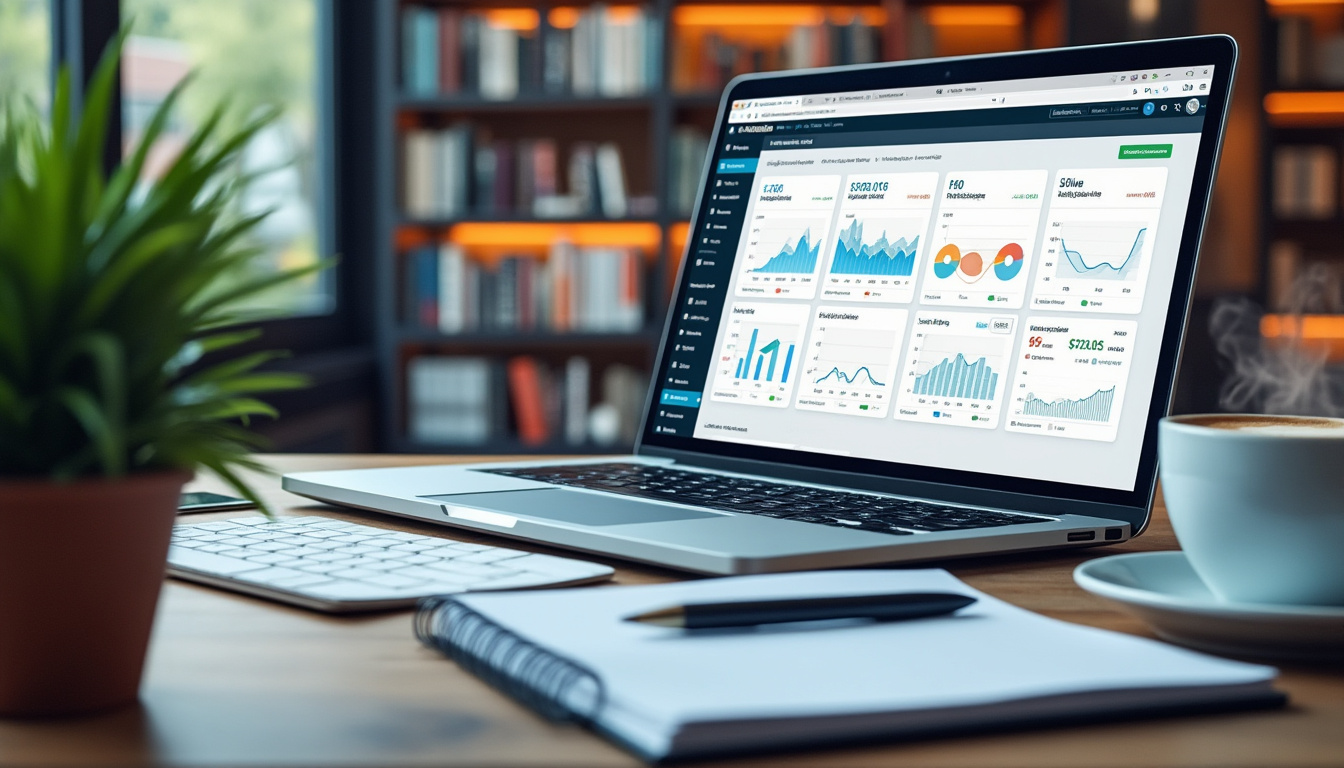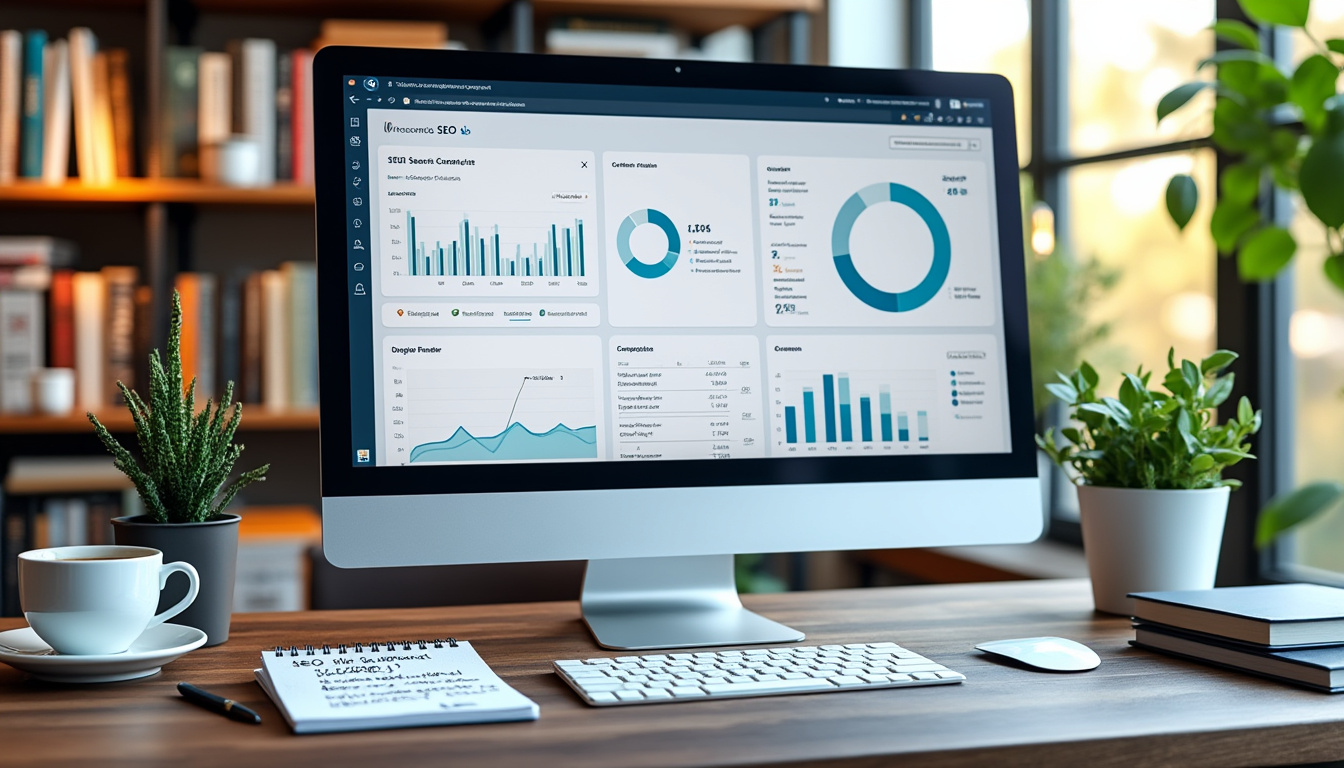Understanding SEO is crucial to the success of any online venture, especially for WordPress sites. With the right metrics, you can gauge how well your SEO strategies are performing and know areas that require improvement. Effective SEO measurement relies on monitoring specific metrics that reveal important insights into your website’s visibility, traffic, and user behavior. The key performance indicators (KPIs) can help you tailor content and make data-driven decisions that enhance your site’s organic reach and engagement. This in-depth article explores the various metrics you should track to evaluate your WordPress SEO success, providing you with comprehensive strategies to optimize results and ultimately drive more traffic to your site.
Essential Metrics to Monitor for WordPress SEO Success
To gauge the effectiveness of your SEO efforts, monitoring a comprehensive set of metrics is essential. Each metric provides unique insights into different aspects of your site’s performance and its overall SEO health.
Organic Traffic
Organic traffic is one of the most telling metrics regarding your SEO success. It represents the number of visitors who land on your website via search engine results. Tools such as Google Analytics provide valuable insights into this metric. By evaluating trends in organic traffic, you can determine whether your SEO strategies are effective in attracting users.
- Track overall organic traffic growth over time.
- Evaluate traffic fluctuations corresponding to SEO changes.
- Compare organic traffic against other traffic sources like social media and referrals.
Keyword Rankings
Tracking your keyword rankings is crucial for understanding your site’s visibility on search engines. Monitoring the positions of your targeted keywords allows you to adjust your SEO strategies accordingly. Tools like Ahrefs and SEMrush can give you detailed insights into your rankings.
Strategies for tracking keyword rankings include:
- Identify focus keywords for each page on your site.
- Monitor ranking changes weekly or monthly.
- Adjust your content based on ranking performance.
Bounce Rate
The bounce rate indicates the percentage of visitors who leave your site after viewing only one page. A high bounce rate may suggest that users do not find your content engaging or relevant. Reducing this metric can enhance user experience and improve your SEO ranking. Utilize analytics tools to assess your bounce rate.
To lower bounce rates, consider the following:
- Create compelling and actionable content.
- Ensure your website is user-friendly and easy to navigate.
- Include internal links to encourage users to explore more pages.
Click-Through Rate (CTR)
The click-through rate measures the percentage of users who click on your listings in search results. A high CTR indicates that your content is compelling and resonates with search intent. Monitor your CTR through Google Search Console to evaluate the effectiveness of your title tags and meta descriptions.
Improving your CTR can be accomplished by:
- Writing unique and engaging title tags and meta descriptions.
- Incorporating relevant keywords early in your content.
- Utilizing structured data to enhance search result listings.
Advanced Metrics to Enhance Your WordPress SEO Strategy
While basic metrics provide valuable insights, advanced metrics offer deeper analytics that can elevate your SEO strategies to the next level. Understanding these will empower you to make precise changes to your site.
Domain Authority (DA)
Domain authority is a metric developed by Moz which predicts how well a website can rank on search engine results. The higher your DA, the more competitive your site is in search rankings. Check your DA using tools like Moz’s Link Explorer and aim for consistent improvement.
Factors impacting domain authority include:
- The age of your domain.
- The number of referring domains linking back to your site.
- The quality and relevance of your content.
Page Load Speed
Page load speed is a critical SEO metric that affects user experience and ranking. If your site loads slowly, users are more likely to leave before engaging with your content. Tools like Google PageSpeed Insights and Screaming Frog can help in assessing and optimizing your website speed.
To improve page load speed, consider the following:
- Optimize images to reduce load times.
- Use a content delivery network (CDN) to deliver content faster.
- Minimize HTTP requests for fewer server rounds.
Backlinks
Backlinks are essential for building authority and driving traffic. They signal to search engines that your content is valuable and trusted. Tracking backlinks using tools like Ahrefs and Moz provides insights into how your site is perceived by others. Focus on acquiring quality backlinks from reputable sites relevant to your niche.
Strategies for building backlinks include:
- Creating guest posts on other reputable blogs.
- Utilizing broken link-building strategies to gain links.
- Engaging with influencers to feature your content.
User Engagement Metrics
User engagement metrics measure how well visitors interact with your content. Metrics such as average session duration, pages per session, and conversion rates paint a picture of how effectively users are engaging with your site. Utilize Google Analytics to monitor these metrics.
Ways to enhance user engagement include:
- Adding interactive content like polls or quizzes.
- Creating a user-friendly layout with clear calls to action.
- Regularly updating your blog with fresh, relatable content.
Local SEO Metrics for WordPress Websites
For businesses targeting local audiences, local SEO metrics are vital in ensuring your website serves users effectively in specific geographical locations. Monitoring these metrics can significantly enhance your local search rankings.
Google My Business (GMB) Insights
Having an optimized Google My Business listing can significantly enhance local SEO. GMB insights allow you to monitor how customers find your business on Google and what actions they take, such as calls or requests for directions. Ensure that you regularly update your GMB profile with accurate business information.
To effectively use GMB insights, monitor:
- Search queries that led users to your listing.
- Actions taken on your listing (calls, visits, direction requests).
- Customer engagement with photos and content updates.
Citations and NAP Consistency
Citations refer to mentions of your business name, address, and phone number (NAP) across online platforms. Consistency in citations across different directories affects your local rankings. Track your citations through local SEO tools to ensure uniformity.
Steps to maintain citation accuracy include:
- Audit your listings on major online directories like Yelp and Yellow Pages.
- Update any discrepancies in NAP information.
- Check your citations regularly to maintain consistency.
Local Keyword Rankings
Monitoring local keyword rankings allows you to understand how well your site performs in local searches. Use tools like SEMrush and Ahrefs to analyze local keyword performance.
Enhance your local keyword strategy by:
- Incorporating local keywords into your site content.
- Creating location-specific landing pages for key areas.
- Engaging in local link-building strategies with regional partners.
Assessing Overall SEO Success on WordPress
Analyzing multiple metrics together provides a holistic view of your WordPress SEO success. Understanding the interplay between organic traffic, user engagement, and ranking metrics can aid in forming actionable strategies. Use analytical tools to compile and visualize data for easy interpretation and decision-making. Establishing clear goals tied to specific metrics will enable efficient tracking and continual improvement.
Implementing a routine to assess your SEO performance provides a steady trajectory for improvement. A thorough analysis will reveal both strengths and weaknesses in content strategy and user engagement. It’s vital to adapt your methods to include the most current SEO practices. Use the data collected from various tools like Google Analytics, Google Search Console, and SEMrush to inform decisions.
Regularly revisit your metrics and adjust strategies as needed. By fostering an environment of continuous learning and adaptation, you can maintain strong visibility in search rankings, ultimately driving sustained traffic and success to your WordPress website.









